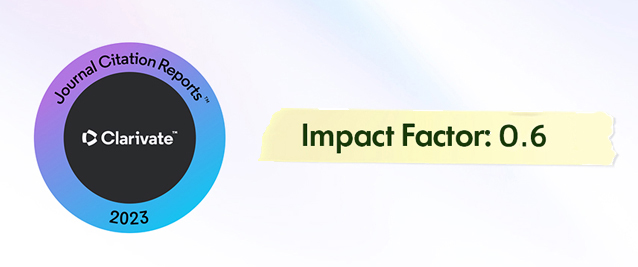2Department of Planning and Sustainability, Kayseri Ulaşım A.Ş., Kayseri, 38070, Türkiye
Abstract
Objectives such as sustainable cities and communities, accessible and clean energy, and climate action, which are among the sustainable development goals determined by the United Nations, are at the forefront of public transportation. Increasing energy efficiency, cost optimization and reducing carbon emissions are key factors in selecting bus technologies to be used in urban transportation in the future. Today, many bus technologies, such as diesel, electric, Compressed Natural Gas, hybrid, hydrogen, and fuel cells, are used in urban transportation. The type of bus that will be preferred in the future remains a hot research topic. Public transportation companies in cities should choose environmentally friendly, economical, and efficient vehicles by considering objective and subjective criteria. Currently, multi-criteria decision-making methods are widely used in the selection of vehicles in the public transportation sector. In this study, diesel, electric, and CNG buses currently used by public transportation companies operating in Türkiye were evaluated. A comprehensive study was conducted by considering five main criteria: energy, cost, technical, social, and operational and twenty-four trend sub-criteria pertaining to the main criteria. One of the new aspects of this study is that it is based on criteria that have not been used before in the literature, and the other is the use of Analytical Hierarchy Process and Grey Relational Analysis methods together in urban bus selection. The weights of the criteria were calculated with Analytical Hierarchy Process, a well-established multi-criteria decision-making method, and the most suitable bus was selected by rating with Grey Relational Analysis. According to the findings, it was concluded that the electric bus had the highest ranking with a grey relational degree of 0.774 and offered long-term advantages in terms of operational efficiency and environmental impact. This study contributed to the literature by using innovative criteria, integrated Analytical Hierarchy Process and Grey Relational Analysis methods, and provided a more comprehensive and objective approach to bus selection. It also provided guidance for public transportation systems for the city targeting sustainability.













